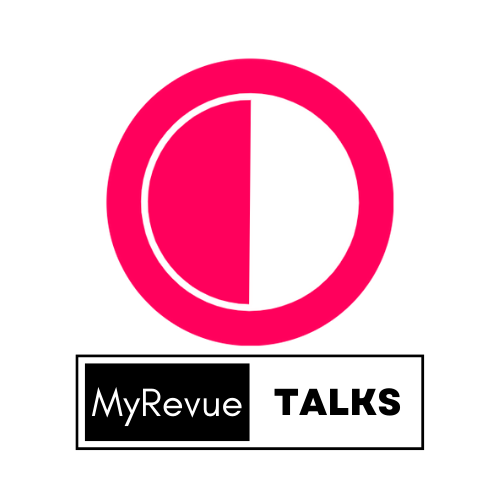The Science Behind User-Generated Content and Its Impact on Brands
User-generated content (UGC) is not just a marketing trend; it is backed by scientific principles that explain its impact on brand

Written by Shivangi
Updated on 06/07/2023
<p class="MsoNormal">User-generated content (UGC) is not just a marketing trend;
it is backed by scientific principles that explain its impact on brands.
Understanding the science behind UGC can help brands optimize their strategies
and maximize the benefits. Here are key scientific concepts that explain the
impact of UGC on brands:<o:p></o:p></p><p class="MsoNormal"><br></p>
<p class="MsoNormal">Social Proof: Social proof is a psychological phenomenon
where people look to others' actions and behaviors to determine their own. UGC
acts as social proof by showcasing real customers endorsing a brand. When
potential customers see others like them sharing positive experiences, it
creates a perception of trust and credibility. This social validation
influences their decision-making process and positively impacts brand
perception.<o:p></o:p></p><p class="MsoNormal"><br></p>
<p class="MsoNormal">Mirror Neurons and Empathy: Mirror neurons are a type of
brain cell that fires both when we perform an action and when we observe
someone else performing the same action. UGC triggers mirror neurons in
viewers, leading to empathy and emotional connection. When customers see UGC
that reflects their own experiences and emotions, it strengthens their
connection with the brand and fosters a positive brand perception.<o:p></o:p></p><p class="MsoNormal"><br></p>
<p class="MsoNormal">Intrinsic Motivation: UGC taps into people's intrinsic
motivation, which refers to engaging in activities for internal satisfaction
and enjoyment rather than external rewards. When customers create UGC, they are
driven by their own desire to share their experiences, creativity, or
expertise. This intrinsic motivation leads to more authentic and passionate
content that resonates with others, enhancing brand perception.<o:p></o:p></p><p class="MsoNormal"><br></p>
<p class="MsoNormal">Cognitive Fluency: Cognitive fluency is the ease with which
our brains process information. UGC often consists of user-generated visuals,
such as images and videos, which are processed more easily and quickly by our
brains compared to text-based content. This increased cognitive fluency leads
to higher engagement, better retention of brand messages, and a more positive
brand perception.<o:p></o:p></p><p class="MsoNormal"><br></p>
<p class="MsoNormal">Social Identity Theory: Social identity theory suggests that
individuals derive part of their self-identity from the groups they belong to.
UGC creates a sense of community and belonging by showcasing real customers who
identify with a brand. When customers see others like them sharing UGC, it
strengthens their identification with the brand and fosters a positive brand
image.<o:p></o:p></p><p class="MsoNormal"><br></p>
<p class="MsoNormal">Word-of-Mouth Marketing: UGC acts as a form of word-of-mouth
marketing, which is known to be one of the most influential forms of
advertising. According to studies, people trust recommendations from friends,
family, and peers more than traditional advertising. UGC amplifies the reach of
positive word-of-mouth, generating organic brand advocacy and influencing brand
perception.<o:p></o:p></p><p class="MsoNormal"><br></p>
<p class="MsoNormal">By understanding the scientific principles behind UGC, brands
can optimize their UGC strategies and enhance their impact. Leveraging social
proof, empathy, intrinsic motivation, cognitive fluency, social identity, and
word-of-mouth marketing, brands can shape a positive brand perception, foster
customer engagement, and build lasting relationships with their audience.<o:p></o:p></p>
